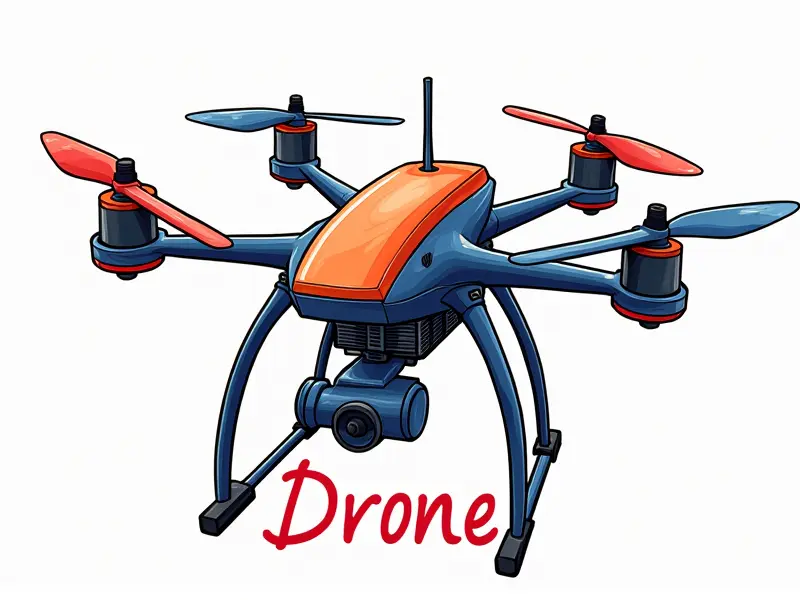Walkera Rodeo 150 FPV setup?

Ultimate Guide to Rodeo 150 FPV Setup
Welcome to the ultimate guide on setting up and optimizing your Walkera Rodeo 150 for First Person View (FPV) racing. Whether you're a beginner or an experienced pilot, this comprehensive article will walk you through everything you need to know to get started with your Rodeo 150 FPV setup.
Maximize Your Rodeo 150 with FPV Gear
To maximize the performance of your Walkera Rodeo 150 for FPV racing, it's essential to outfit it with high-quality gear. Here are some key components you should consider:
- FPV Camera: A quality camera is crucial for clear video transmission. The Runcam Split Mini or the FatShark Freeway HD2 are excellent choices.
- Videomax TX Module: Ensure reliable and interference-free video transmission with a high-quality transmitter module such as the ImmersionRC VTX Pro.
- Battery Management System (BMS): Protect your batteries and extend their lifespan by installing a BMS like the Turnigy Accucell 6S.
- Antenna: A high-gain antenna will improve signal strength and reduce latency. The ImmersionRC H401 or the FatShark Antenna are top choices.
Quick Start: Rodeo 150 FPV Setup
If you're ready to get started with your Rodeo 150 FPV setup, follow these simple steps:
- Install the FPV Camera: Mount the camera securely using a camera plate and ensure it's positioned for optimal viewing.
- Connect the TX Module: Attach the video transmitter to your flight controller (FC) or battery management system (BMS).
- Power Up: Connect your power source, ensuring all components are properly powered and communicating correctly.
Top Mods for Rodeo 150 FPV Racing
To take your Rodeo 150 to the next level in terms of performance and durability, consider these top mods:
- Battery Upgrades: Swap out the stock battery with a higher capacity or more efficient one like the Turnigy Nano-tech.
- Fuel Flow Improvements: Enhance your drone's fuel flow by adding an extra fuel pump to ensure consistent power delivery.
- Propeller Modifications: Use carbon fiber props for better efficiency and durability. The APC 10x4.7 or the EMAX 9x5 are great options.
DIY FPV Kit for Walkera Rodeo 150
If you're looking to build your own FPV kit from scratch, here's what you'll need:
- FPV Camera and TX Module: Choose a camera like the Runcam Split Mini paired with an ImmersionRC VTX Pro.
- Power Distribution Board (PDB): A PDB will help distribute power to all components efficiently. The DYS PDB is highly recommended.
- Battery Management System: Protect your batteries with a BMS such as the Turnigy Accucell 6S.
Optimal Camera Mounts for Rodeo 150
The right camera mount is crucial for ensuring clear and stable video transmission. Here are some options:
- Cam Plate: A cam plate allows you to adjust the position of your FPV camera easily.
- Battery Mounts: Secure battery mounts will prevent any movement during high-speed maneuvers.
Enhance Your Rides with Rodeo 150 FPV
To enhance the overall experience of flying your Rodeo 150 in FPV mode, consider these tips:
- Practice Flight Patterns: Regular practice will help you master complex flight patterns and improve your control.
- Track Layouts: Familiarize yourself with different track layouts to optimize your drone's performance for each course.
Essential Components for Rodeo 150 FPV
To ensure your Rodeo 150 is fully equipped for FPV racing, here are the essential components you should have:
- FPV Camera and TX Module: These form the core of your FPV setup.
- Battery Management System (BMS): Protects your batteries and ensures longevity.
- Fuel Flow Pump: Ensures consistent power delivery during high-speed maneuvers.
Optimal Antenna Setup for Rodeo 150
A properly set up antenna is vital for clear video transmission. Here's how to optimize your setup:
- Select a High-Gain Antenna: Opt for an antenna like the ImmersionRC H401 or FatShark Antenna.
- Mount Correctly: Ensure proper mounting and alignment of the antenna to maximize its effectiveness.
Beginner's Guide to Rodeo 150 FPV
If you're new to FPV racing with your Walkera Rodeo 150, start by familiarizing yourself with basic components and setup procedures. Here are some key points:
- Understand the Basics: Learn about different components like cameras, TX modules, and antennas.
- Practice Flight Control: Practice flying your drone in FPV mode to improve control and reaction time.
Conclusion
Flying your Rodeo 150 in FPV mode can be an exhilarating experience. By following these guidelines, you'll ensure that your setup is optimized for performance and enjoyment. Happy flying!
Note: Always follow safety guidelines and regulations when operating drones.

